Bringing the term ‘false friends’ to mind, there are as many key differences between Bahasa Melayu and Bahasa Indonesia as there are similarities. While living in either Malaysia or Indonesia for an extended period of time will help you pick up the language in the other country pretty well, there are some notable differences between these two languages that even locals don’t know about. During situations that require these words, it might be the case that not even Google Translate can help you so here are some important differences to remember:
1. Pusing
Translated to spin, Malaysians have been known to use it interchangeably with jalan-jalan or take a stroll. Indonesians however regard it is a throbbing migraine or total confusion; directly translated as kepala pusing or head-spinning.
2. Mata Kucing
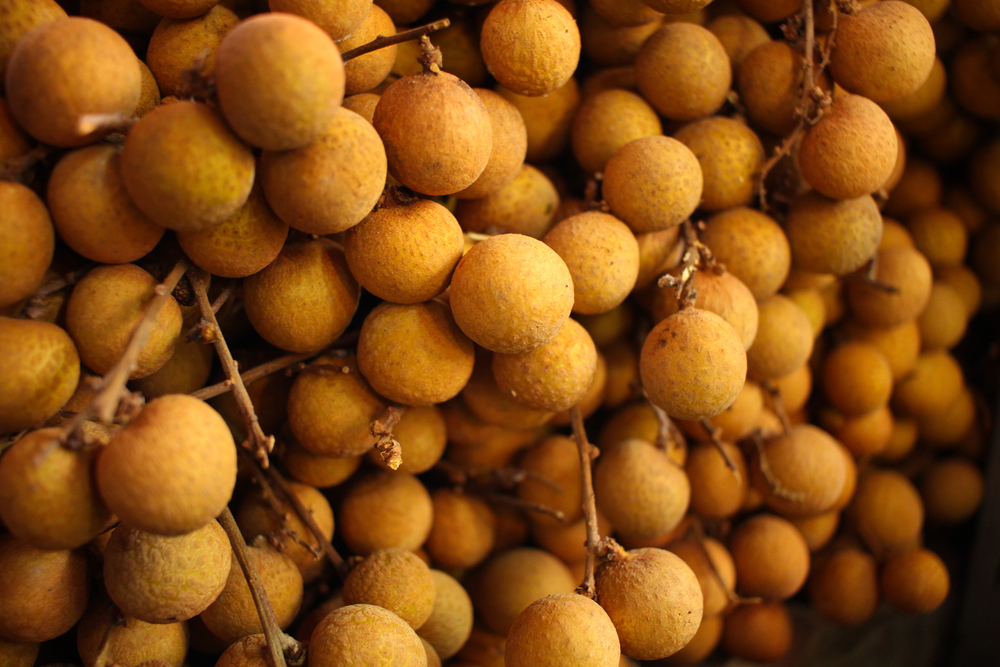
3. Lain
This word means ‘different’ to Malaysians, but Indonesians call it beda. Another example of a small yet subtle difference between the two languages.
4. Jeruk
In Malaysia, jeruk is used to refer to preserved fruits or vegetables in brine and tinted in varying hues. In Indonesia however, jeruk refers to an orange; and preserved fruits are called asinan instead.
5. Lelaki
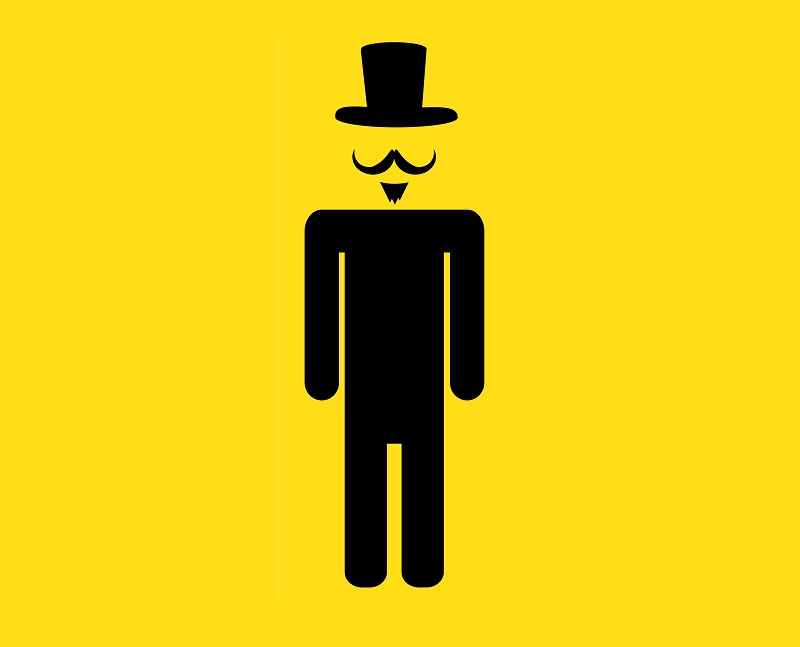
6. Cakap
Imagine this scenario: you’re the center of attention as a foreigner and the locals want to test your capabilities to exchange some words in their mother tongue. ‘To speak’ is cakap in Bahasa Melayu whereas the very same meaning is bicara in Bahasa Indonesia.
7. Percuma
Getting something for free? You’ll commonly see it as percuma in Malaysia while Indonesia would offer it for gratis.
8. Perhentian Bas
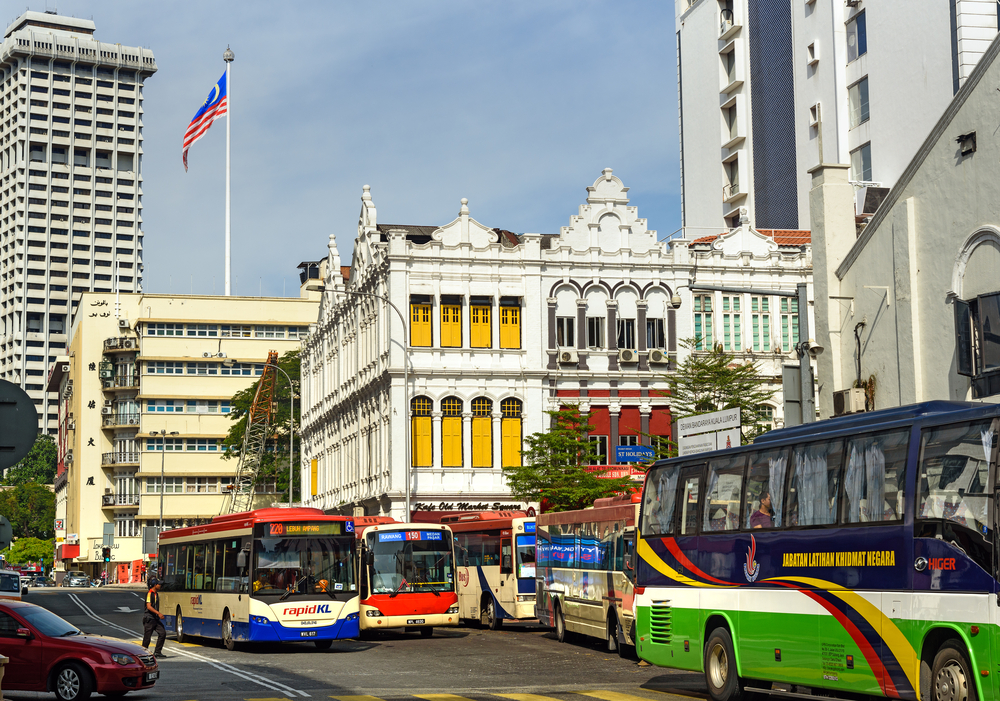
Fun fact: The Perhentian Islands are so-called because they were originally a ‘stopping point’ for sea traders travelling between Thailand and Malaysia.
9. Senget
In Malaysia whenever something is leaning, slanted, or tilted it would be known as senget. In Indonesia however, this very same unparalleled nature is known as miring instead.
10. Pokok
Pokok is used in both Malaysia and Indonesia for different meanings altogether. Pokok is known in Malaysia as ‘tree’ or plant, but in Indonesia pokok often means ‘principal’ (as in ‘main’), and the wordpohon is more commonly used to refer to a tree.
12. Maksud
Getting people to explain the bottom line can be a difficult feat even in your own language. Ask for the ‘meaning’ of something by requesting the maksud in Malaysia or erti in Indonesia.
13. Kedai
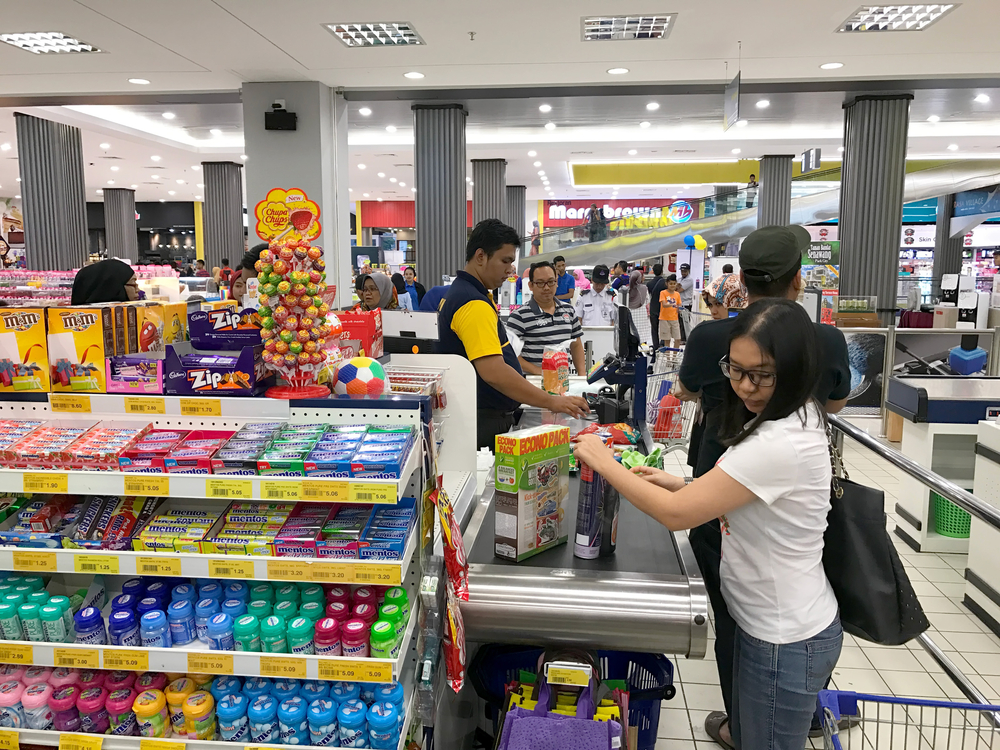
14. Pejabat
It might be the very last thing or very first thing you’ll look for depending on your travel needs, but if a post office or any office for that matter is what you’re after, it will be known as pejabat in Malaysia and kantor in Indonesia.
15. Kereta
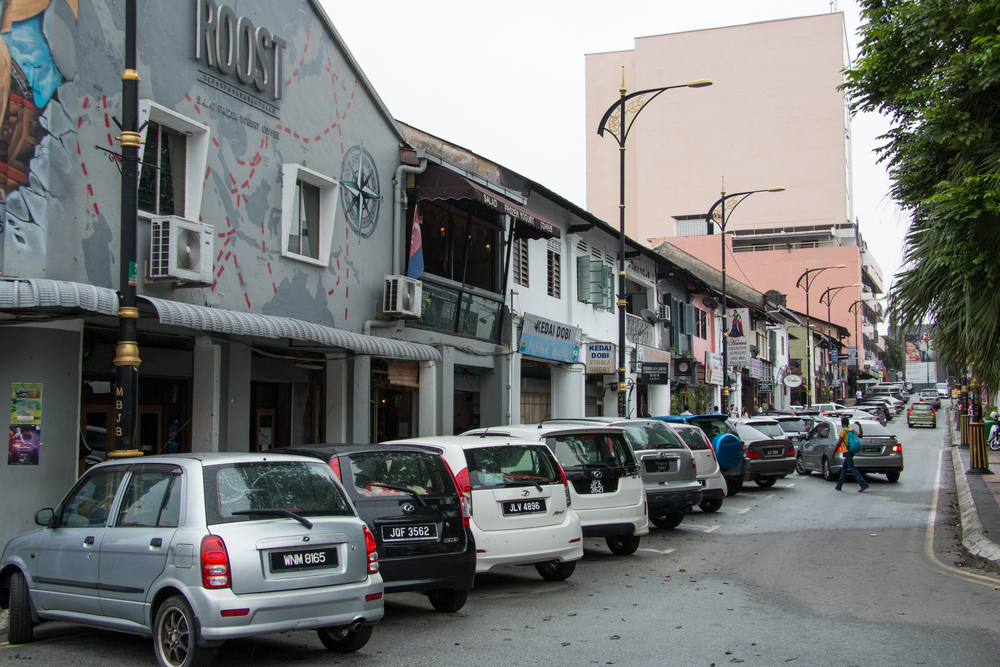

No comments:
Post a Comment